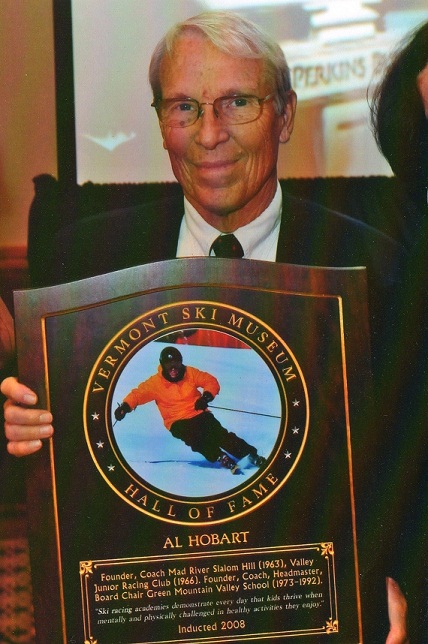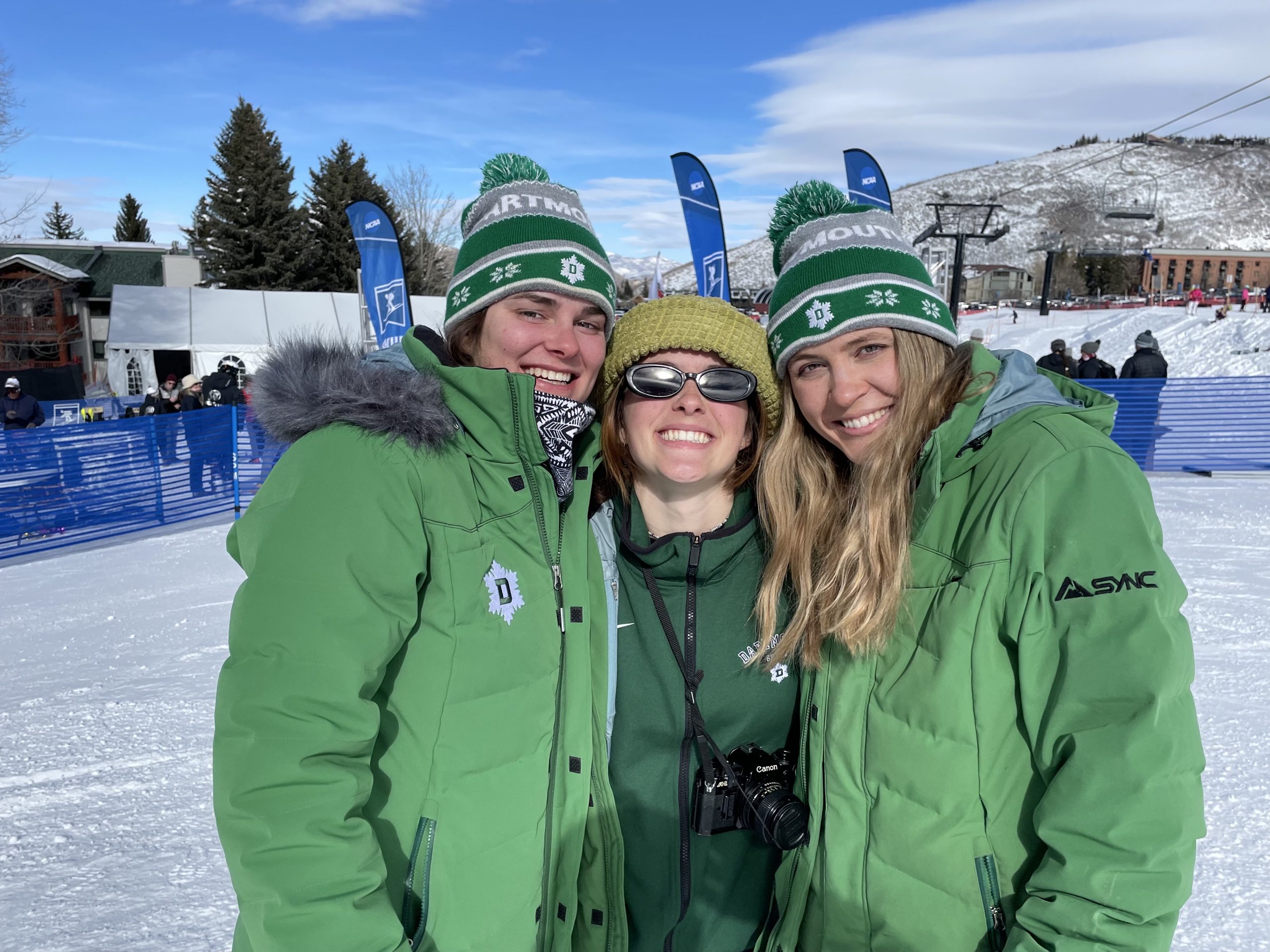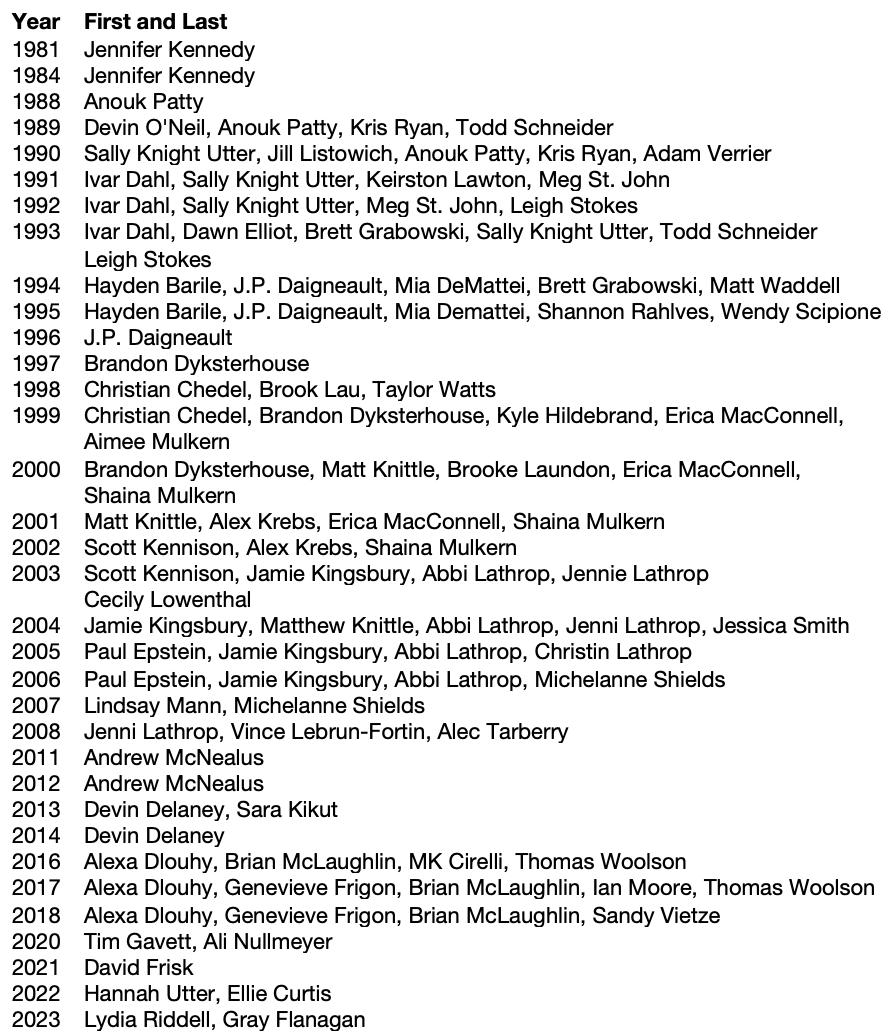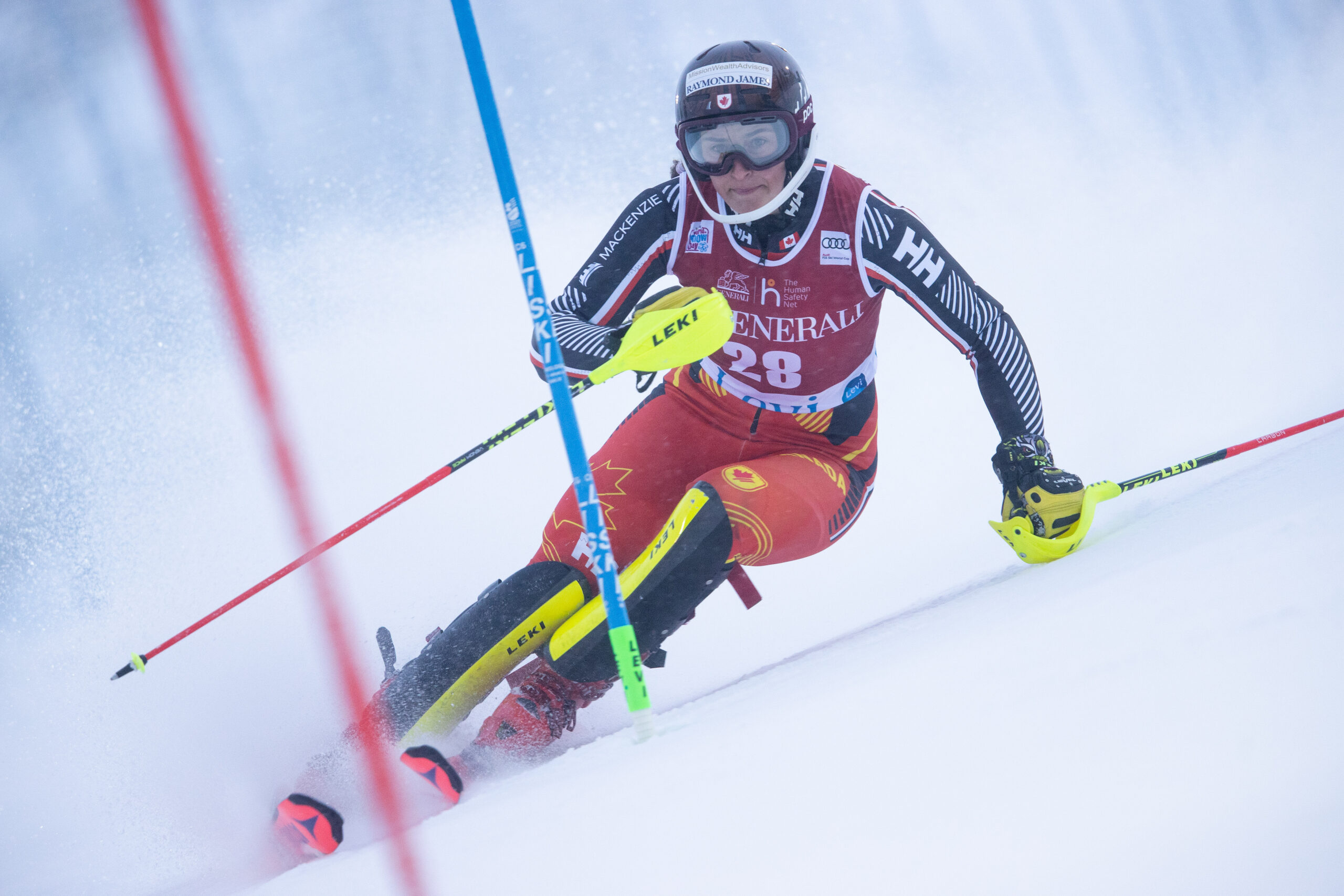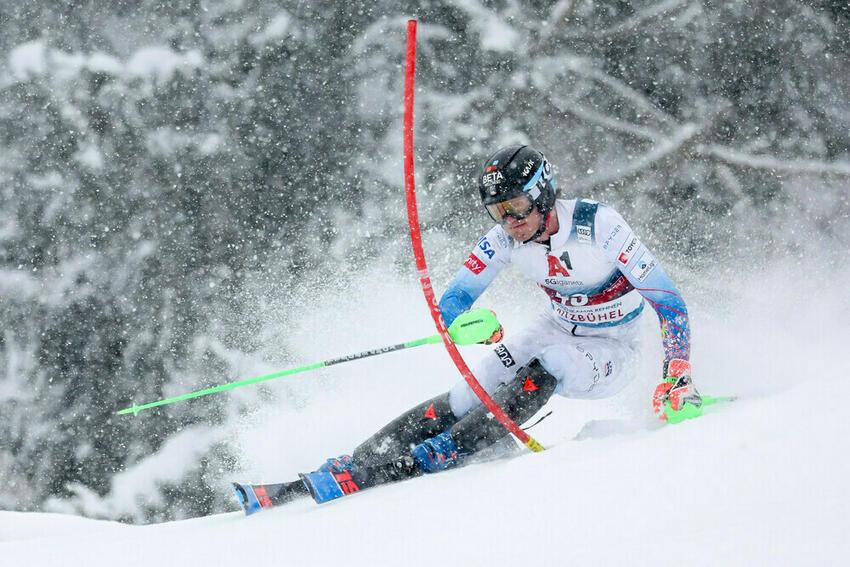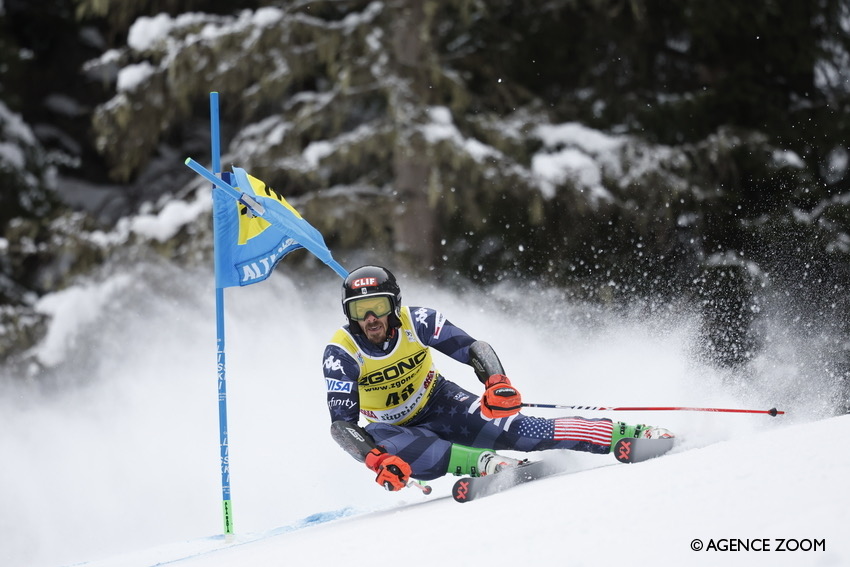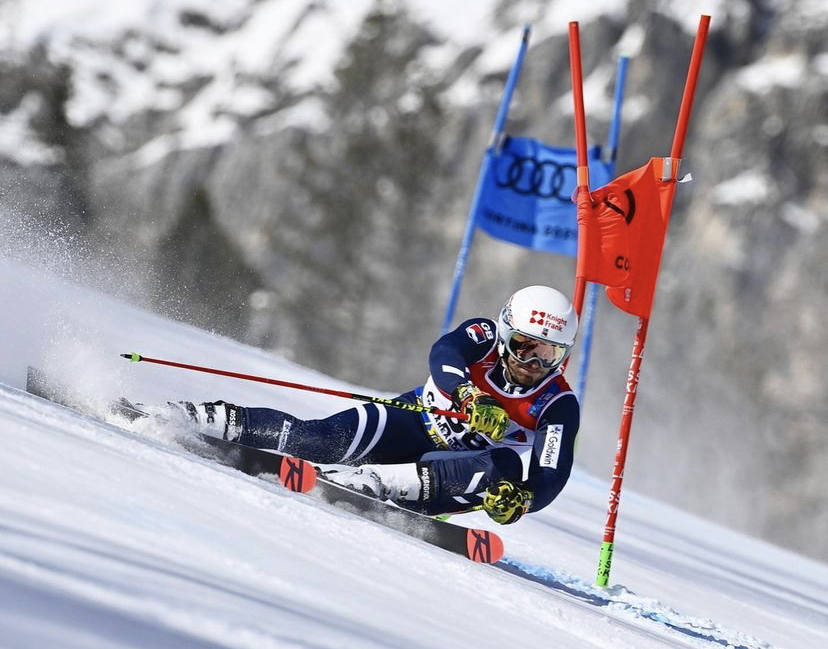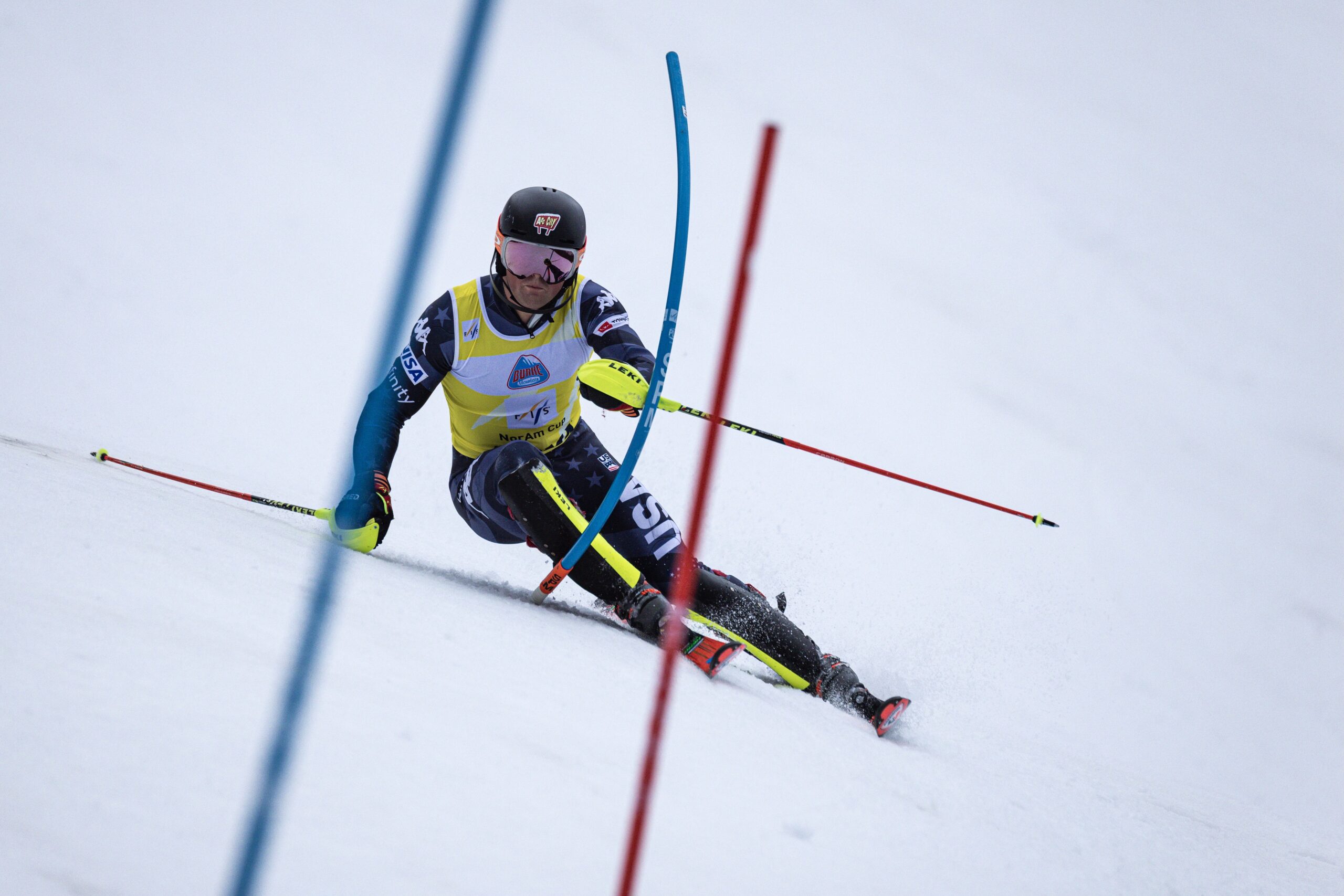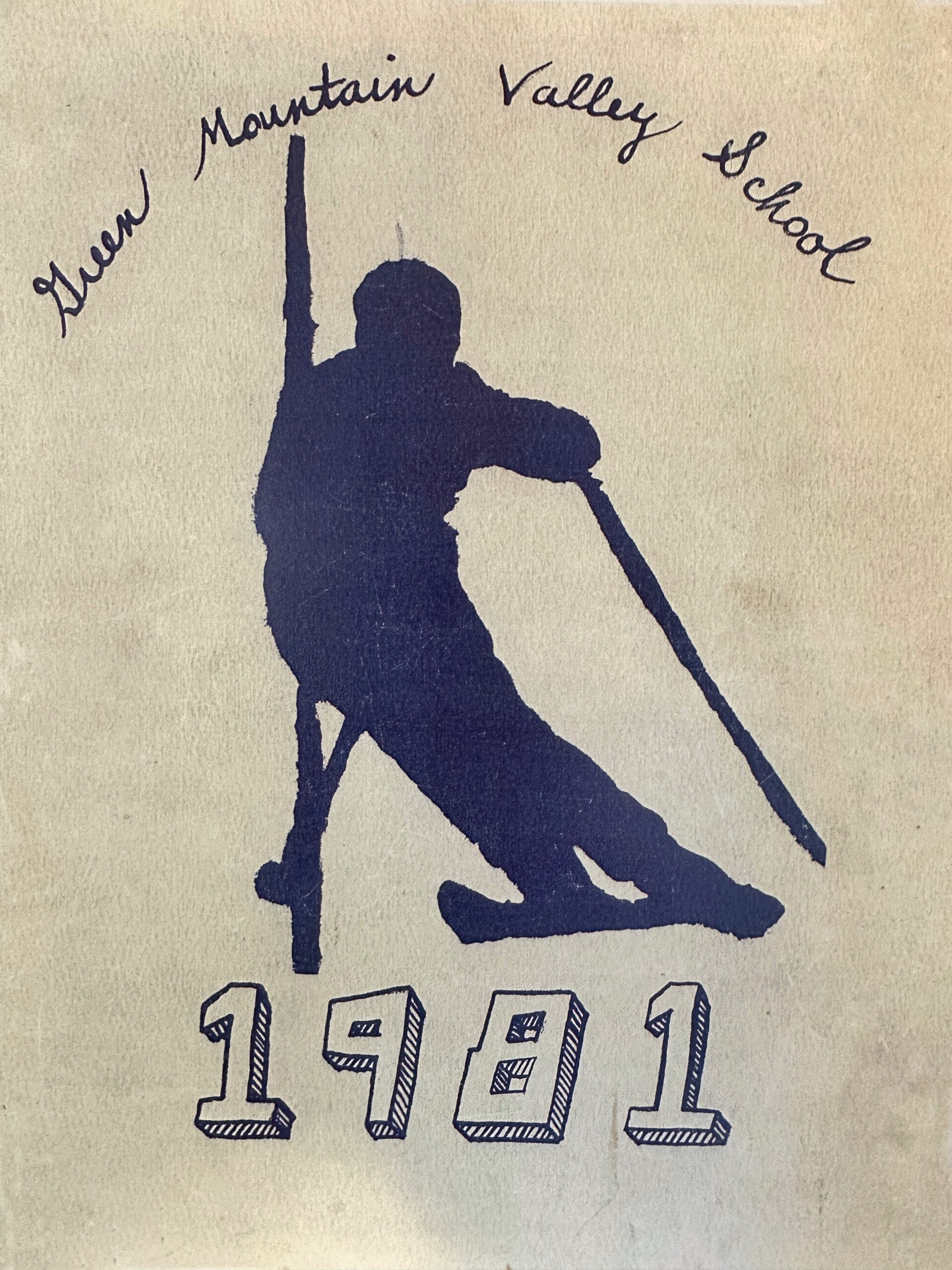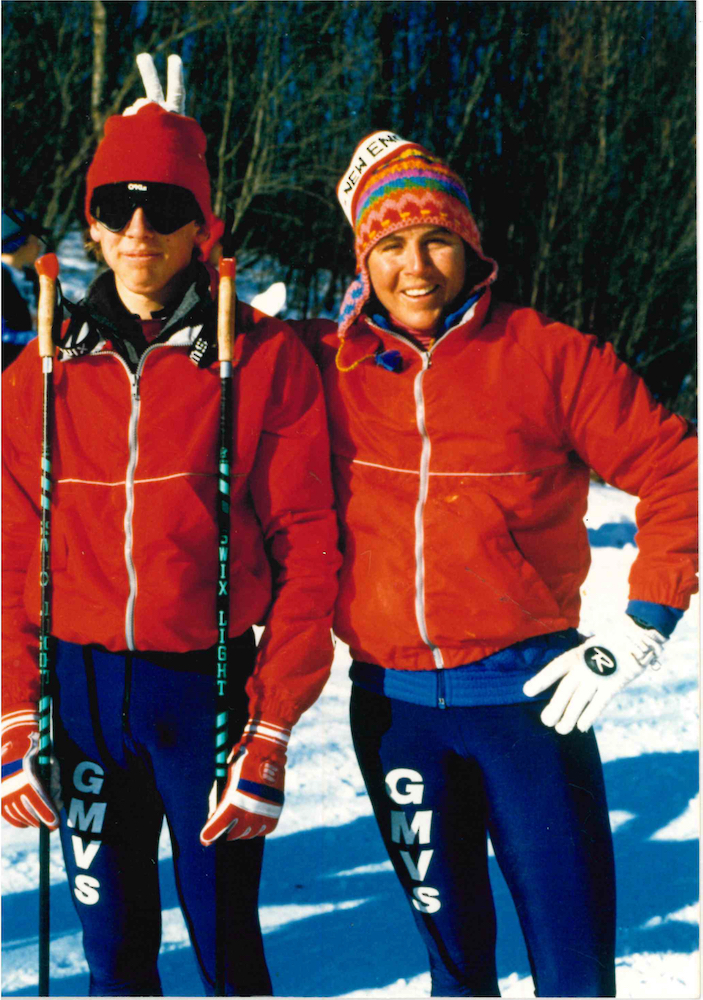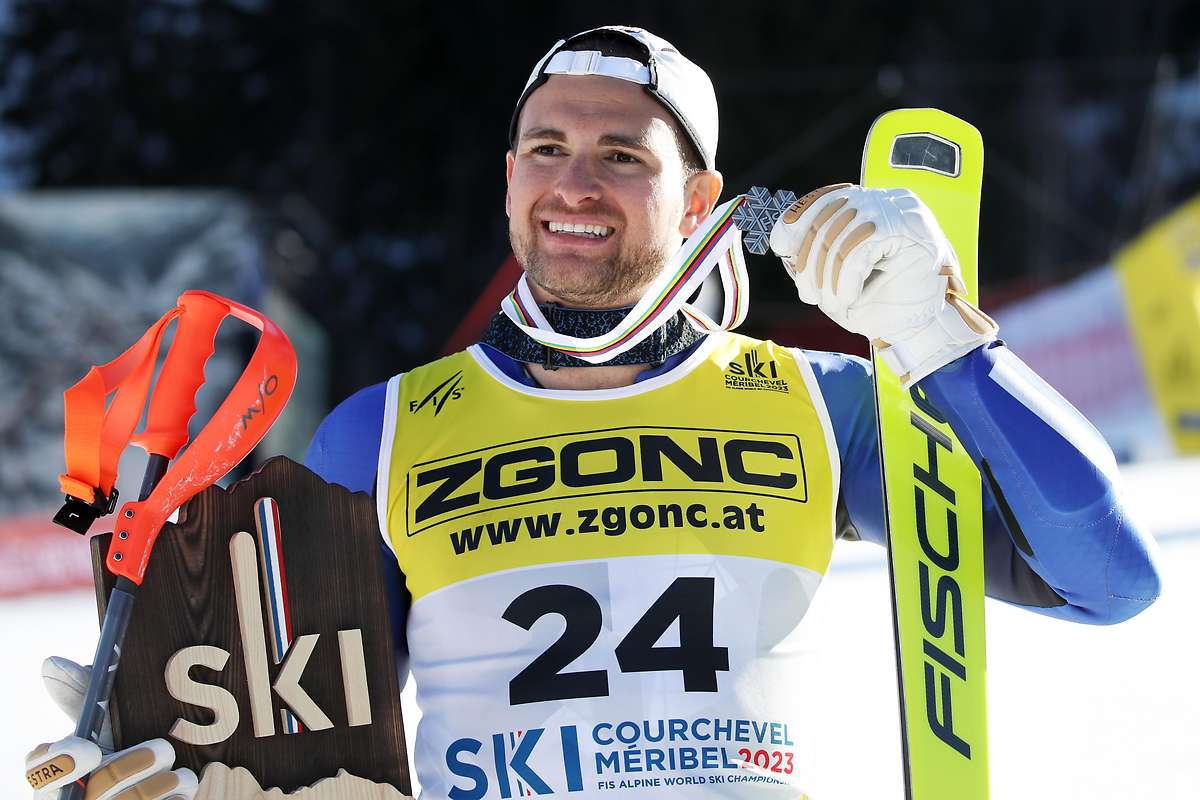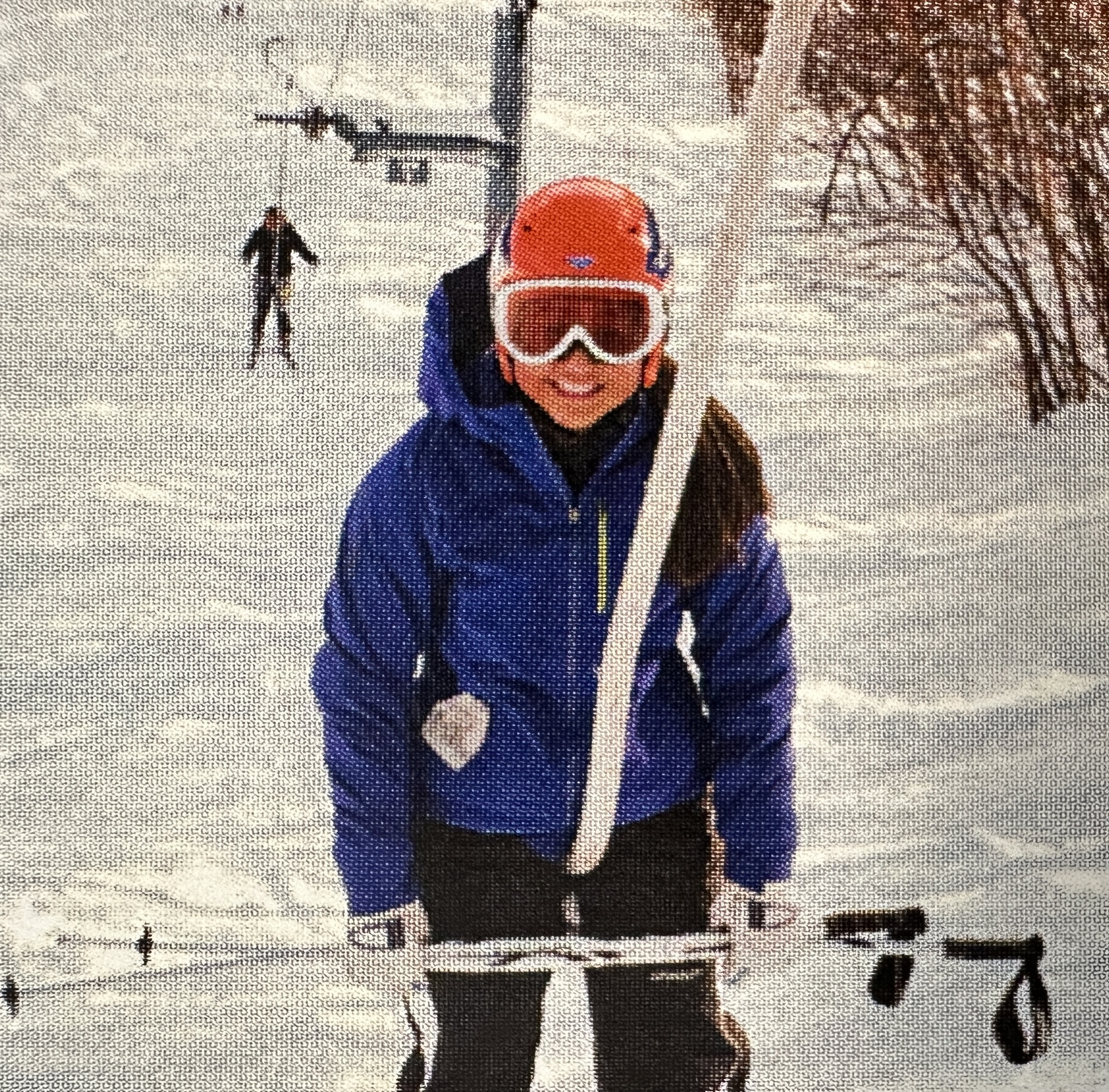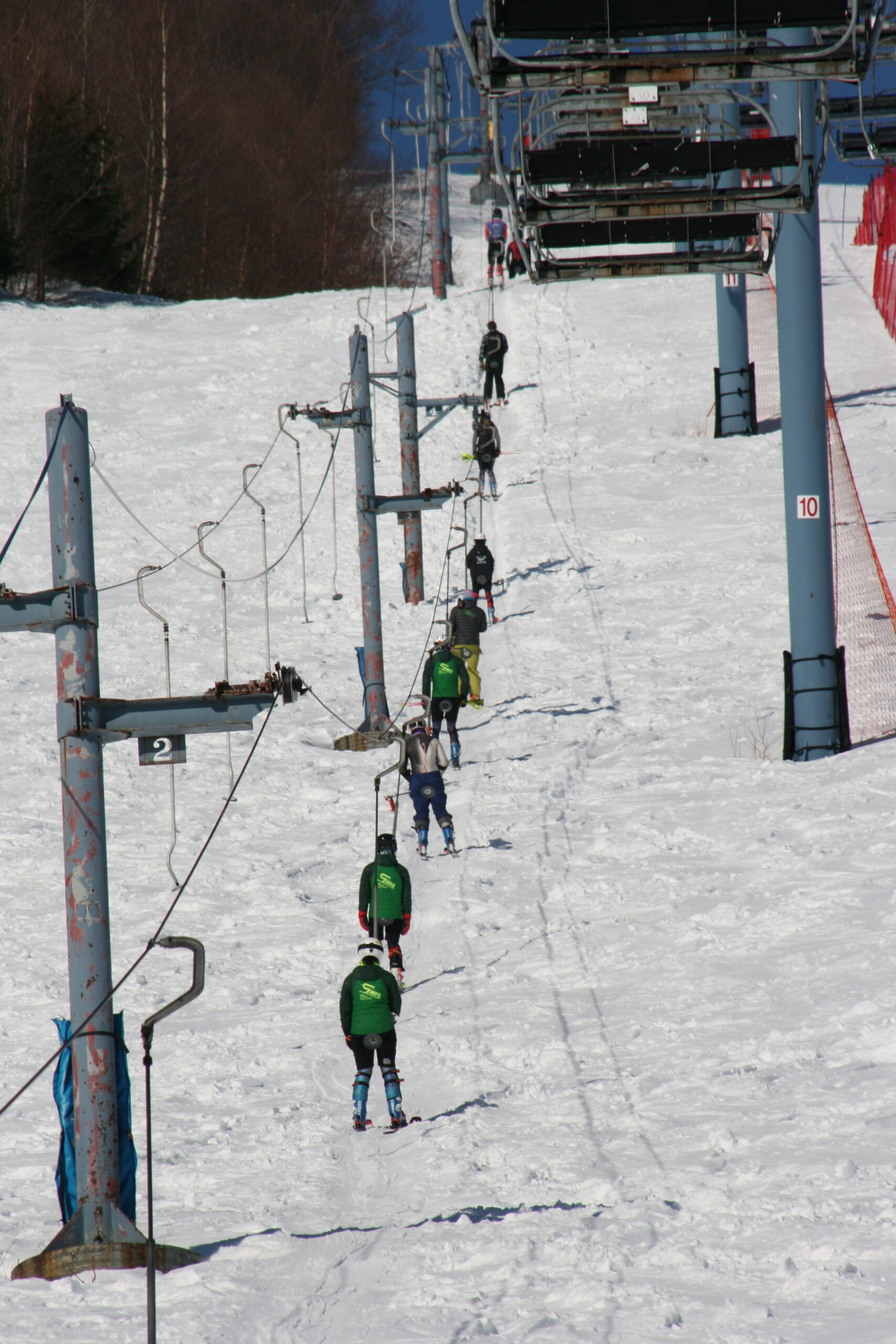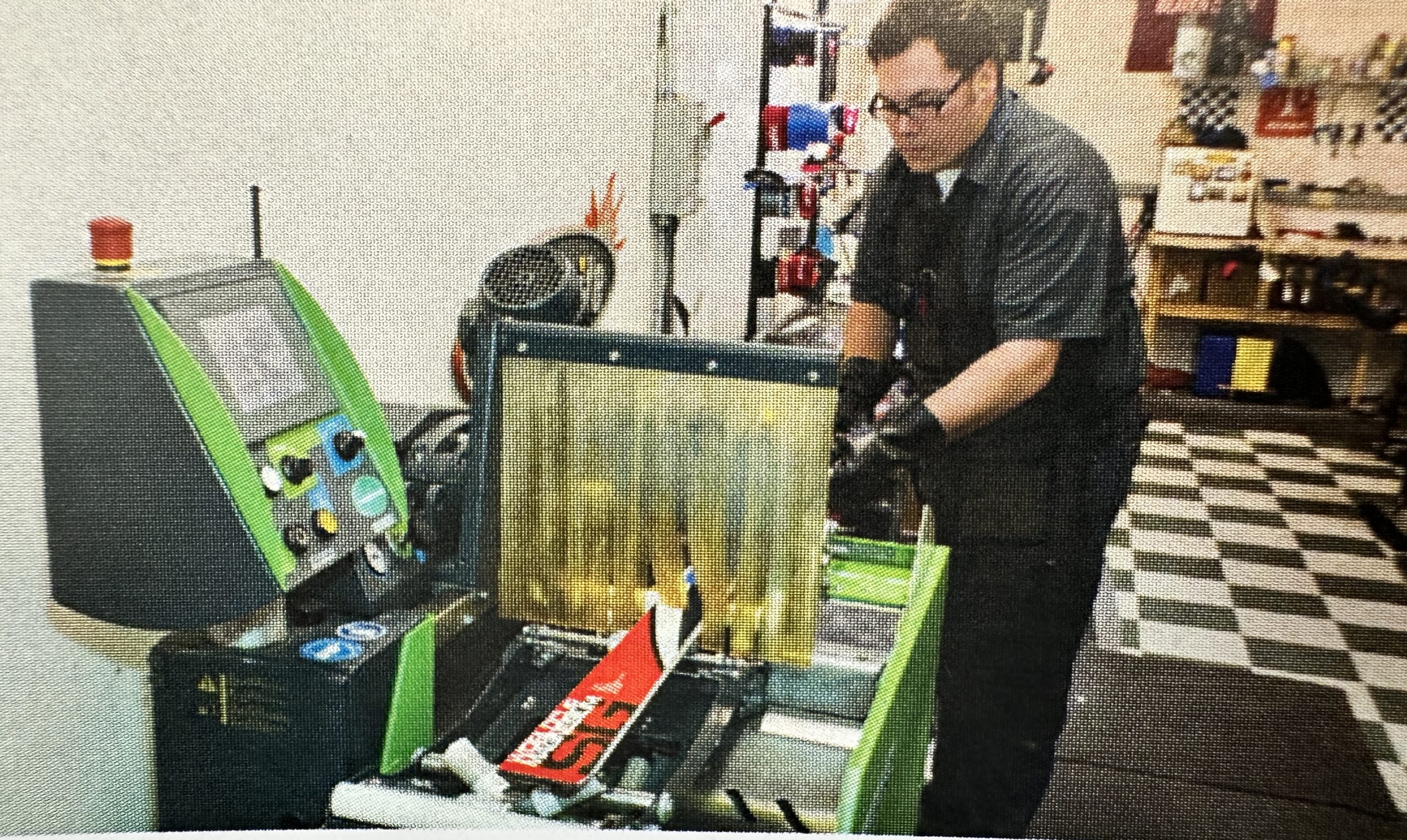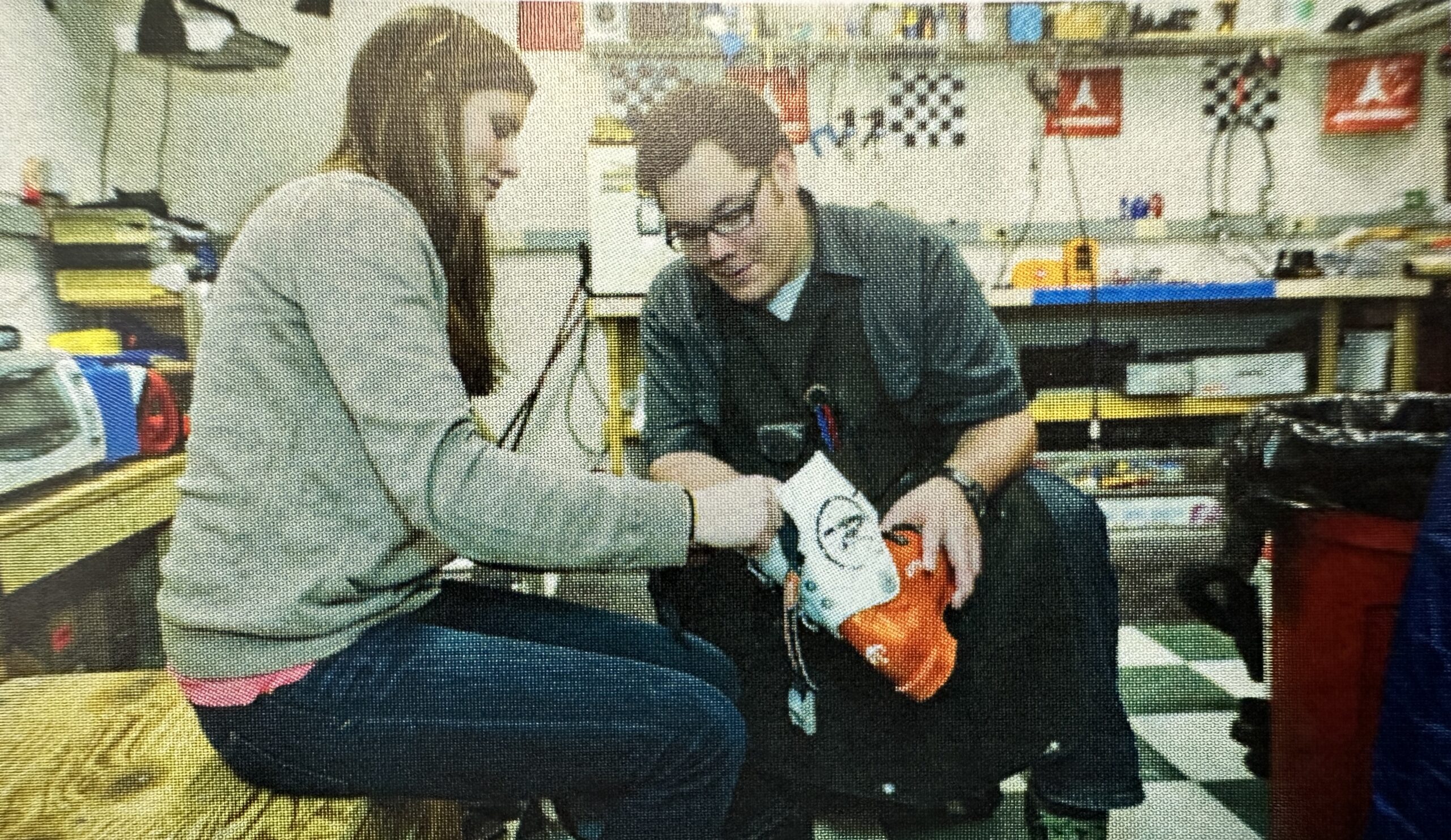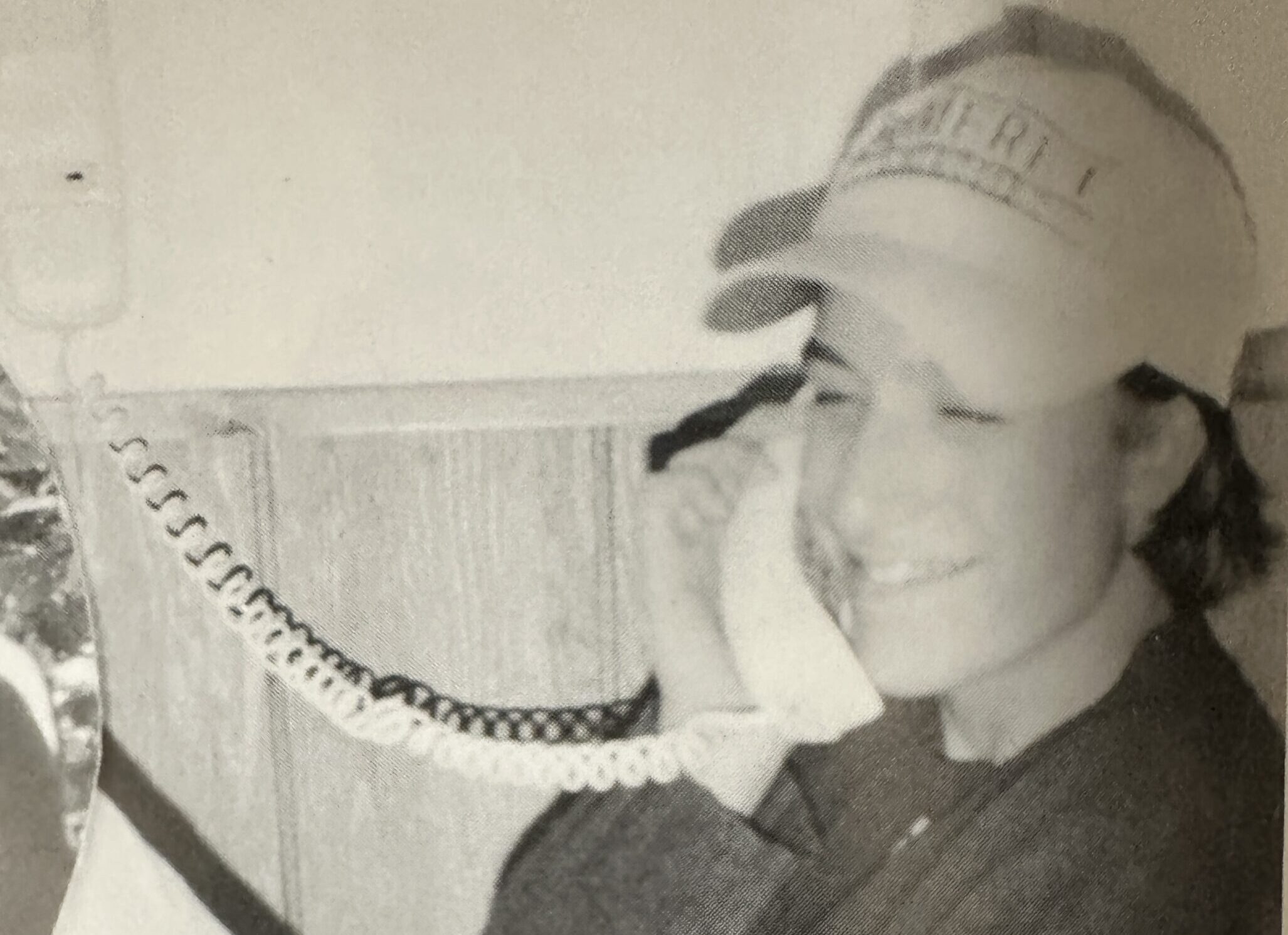The Green Mountain Valley School community is deeply saddened by the loss of Al Hobart, GMVS founder and long-serving leader in the ski racing community who guided the school through its beginning years and lasting institutional change since the school’s founding in 1973. Al passed away surrounded by loved ones in the comfort of his home.
“Al will forever be remembered for his passion for ski racing and dedication to the entire GMVS community. He was undoubtedly GMVS’s true north, guiding GMVS as an all-time great leader, and transforming the School into an international model of ski racing excellence. He was fearless in his work, driven by a passion for ski racing and a belief in the power of education to improve lives and the world,” Head of School Tracy Keller said.
“Al believed that ski racing was a humane discipline – where becoming a world class skier must start with being intentional and deliberate about being a world class person. This belief guided him throughout his life and his work as Headmaster, alpine coach, and Trustee, overseeing all aspects of the school and truly holding it in trust,” noted Alpine Program Director, Steve Utter.
GMVS Board of Trustees Chair Jamie Preston ’80 offered condolences, on a personal level and on behalf of the board. “This is a tough loss for anyone who knew Al, but particularly those of us who were lucky to have had his guidance while we were at GMVS. Al literally changed the lives of many of those who decided to go to GMVS, and not many people can make that claim, or have that ability. Moreover, given his quiet and humble nature, Al would never acknowledge his impacts, but I, and many others, know them to be true,” said Preston, who was a student at GMVS while Al was Headmaster. “Al was an incredibly kind and thoughtful person, and while he was usually the quietest person in the room, when he spoke, his words had meaning. Al had a deep love of sport, and he was a fierce competitor, on the ski hill, on his sailboat, and on the soccer field – and that drive certainly underlies the legacy he leaves as one of the founders of GMVS. I will miss his guidance, counsel and the twinkle in his eye when we got into deep discussions about sport in general and ski racing in particular. Al may be gone, but GMVSers’ lives will be forever influenced by him and his school.”
If you’re interested in learning more about Al, check out the excerpt below and click HERE for the full story released this fall to kick off our 50 facts about GMVS.
An alpine racer from New York City, Al moved to the Mad River Valley in 1963 with an undergraduate degree from Tufts University and an MBA from Dartmouth’s Tuck School of Business. When he arrived, he was an active racer in the Master’s series, winning many national championships in GS and slalom. He continued to pursue his passion for ski racing and surrounded himself with like-minded individuals – the kind of people who had the fortitude to not only believe in a shared vision, but also make it come to life.
His vision began at the Mad River Glen Slalom Hill, where he installed a rope tow dedicated to alpine race training, then he founded the Valley Junior Racing Club which he ran from 1966 – 1972. It was at that time that Al recognized the need for more full-time, in-depth training which necessarily required a focused, college preparatory academic component. He, along with John Schultz, Bill Moore, and Ashley Cadwell, founded Mad River Valley School, “Mad Acad” for short (which would come to be known as Green Mountain Valley School) in his home.
When he and his wife, Jane, first opened up their home to 11 winter-term students in January 1973, the Hobarts began a life-long commitment of service to GMVS. Over the last 50 years, GMVS has been blessed with a number of highly passionate, dedicated teachers, coaches, administrators, and Trustees – all of whom have left an indelible mark on the school. But none have been as devoted as Al and Jane Hobart who have served the school for the bulk of their adult lives, in fact Al was a GMVS trustee until June of 2022 – guiding GMVS through his board service for some 40 years.
“Al Hobart leaves a profound legacy through his accomplishments and the many lives he touched. He will forever be remembered for his remarkable accomplishments,” Tracy Keller said.
GMVS is planning to celebrate Al at the 50th Anniversary Celebration June 9-11. The family requests that donations be made in Al’s honor to the GMVS Scholarship Fund.
To view the full obituary, click HERE.

